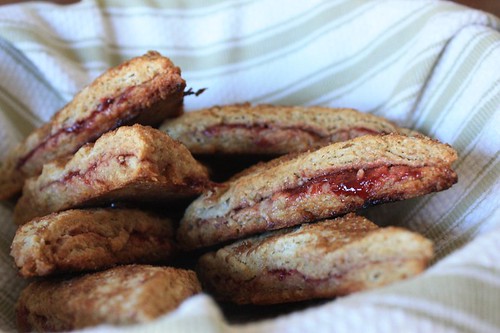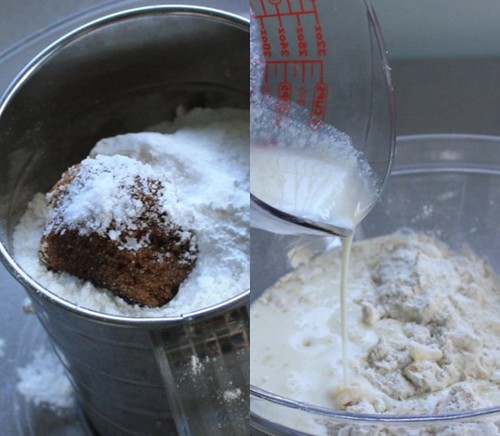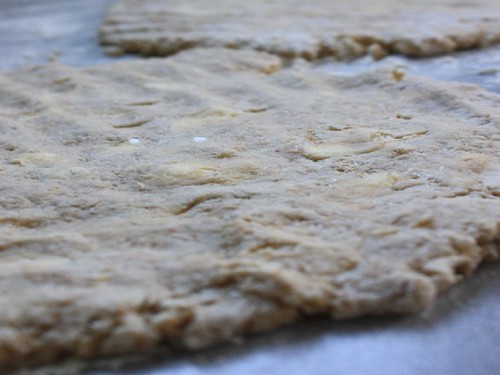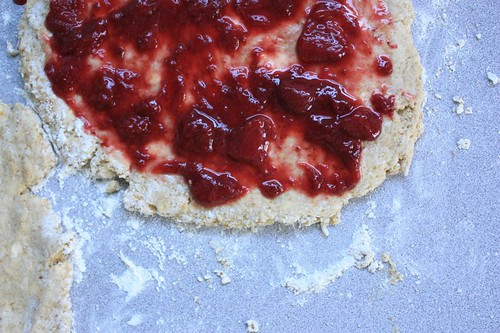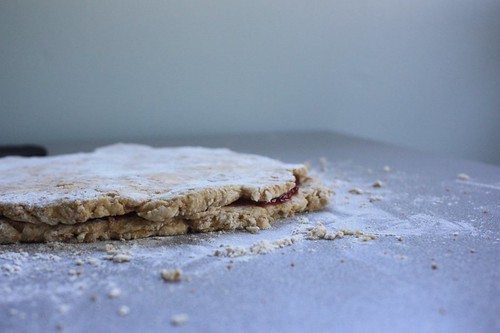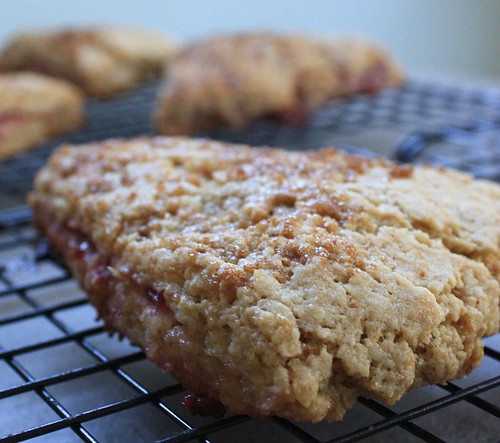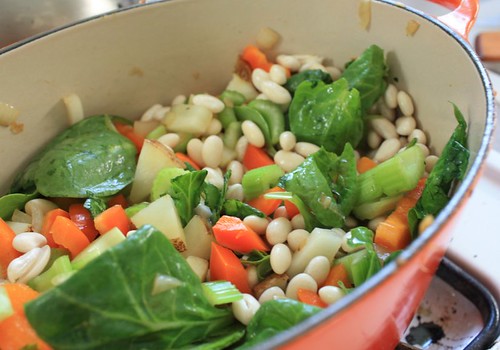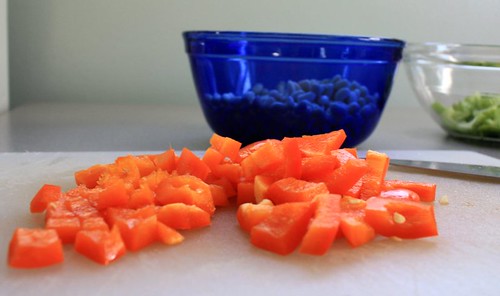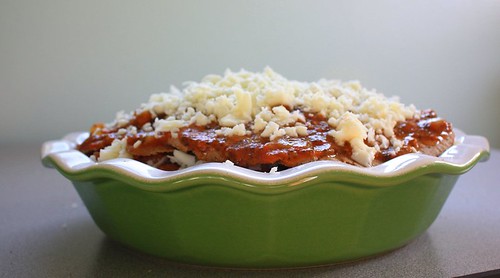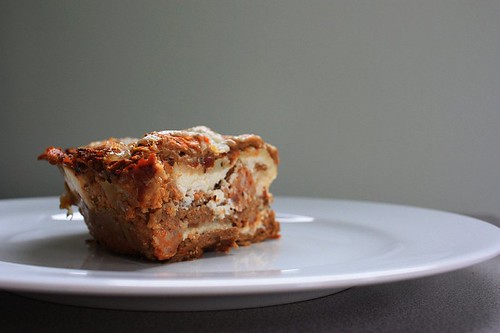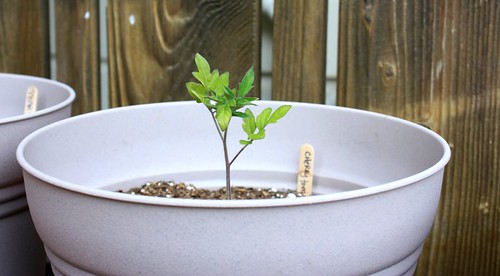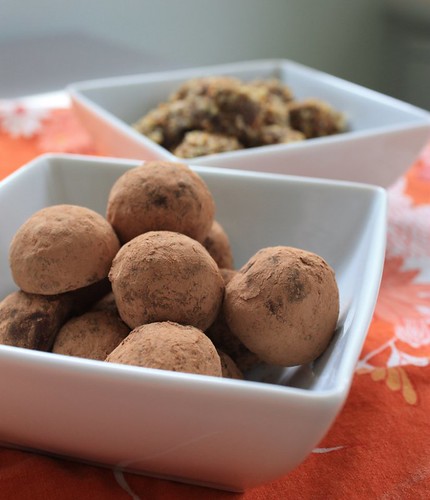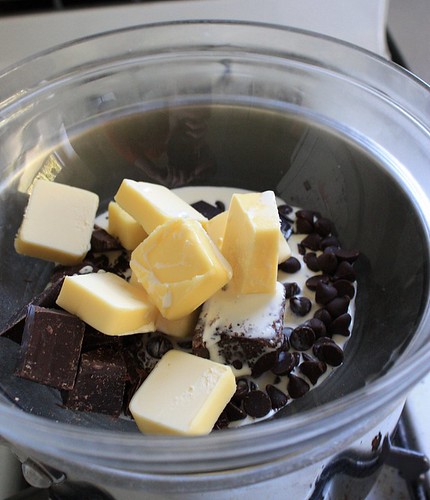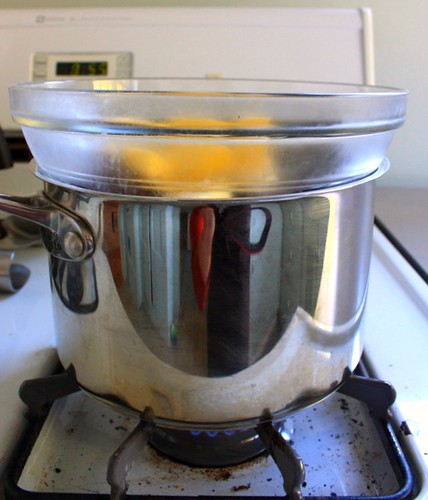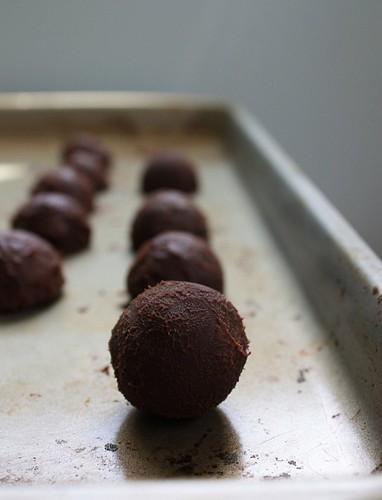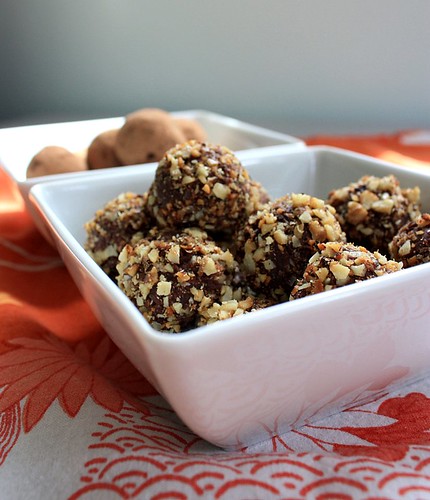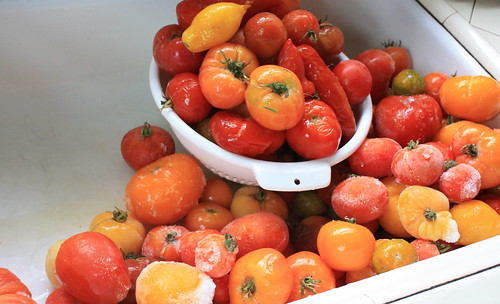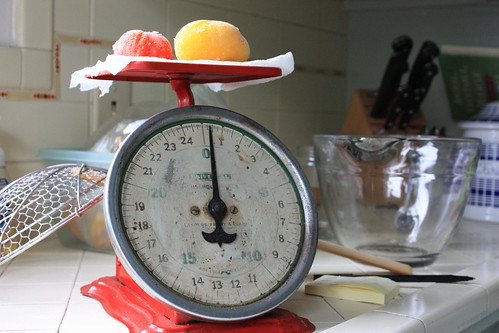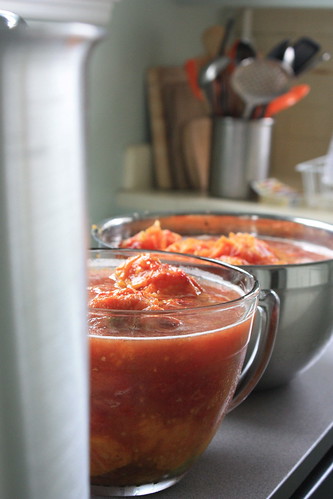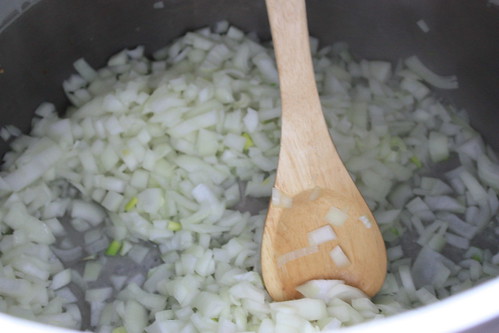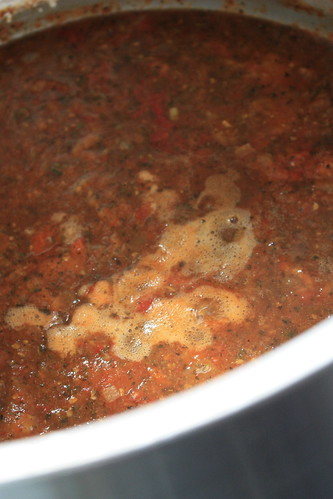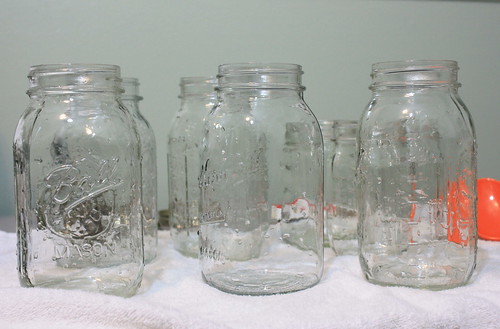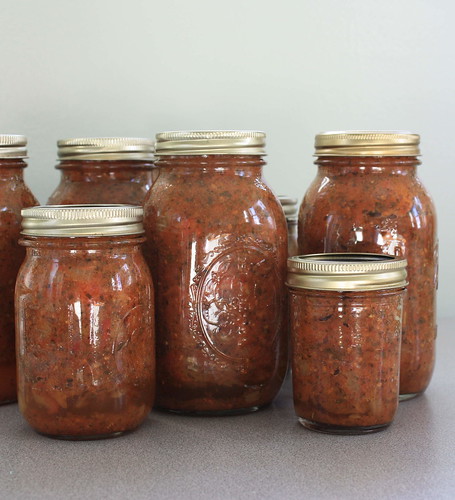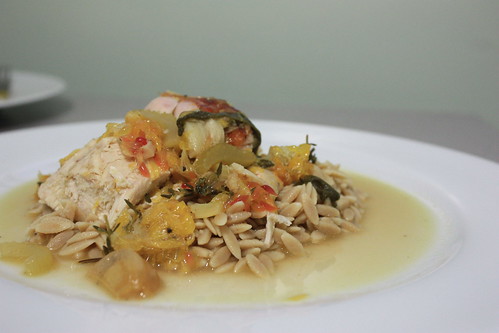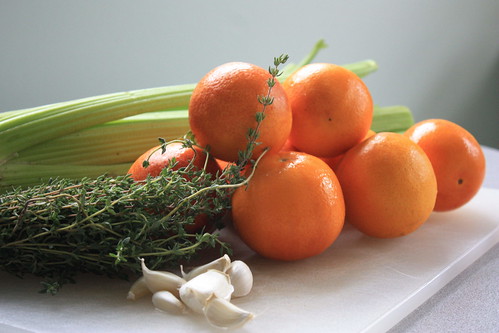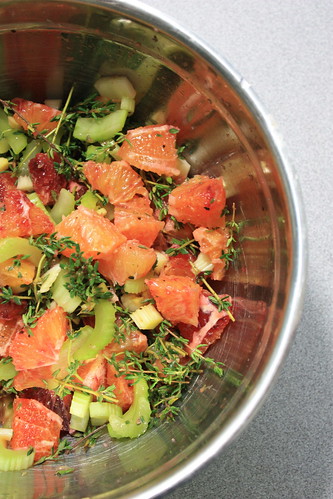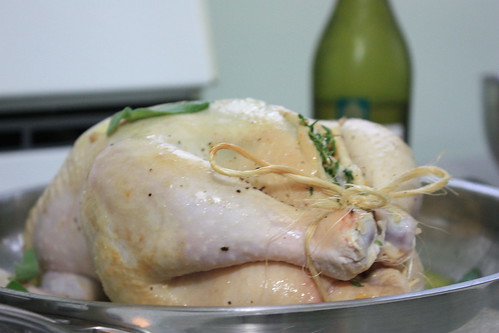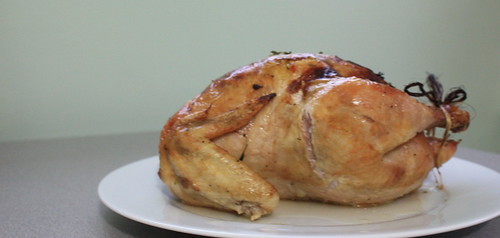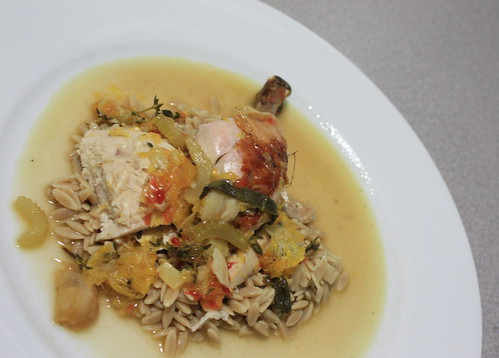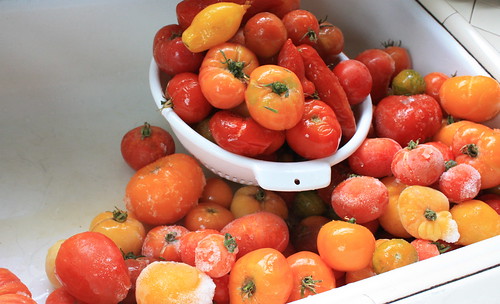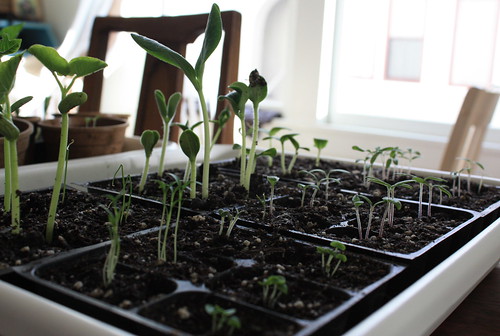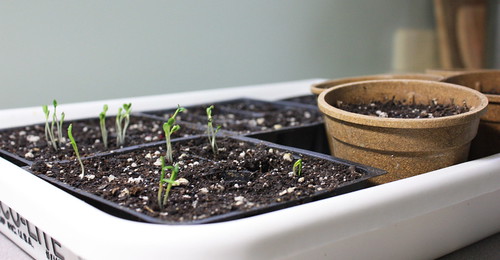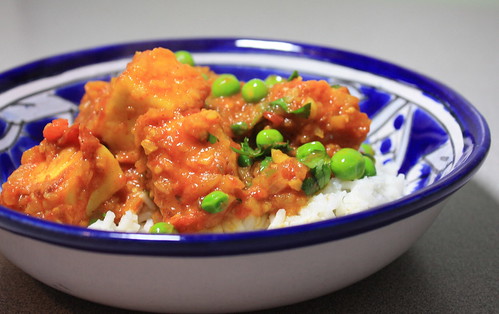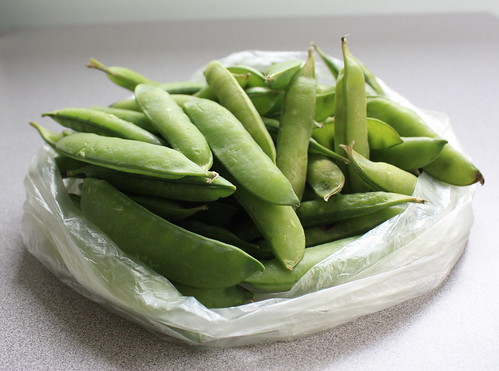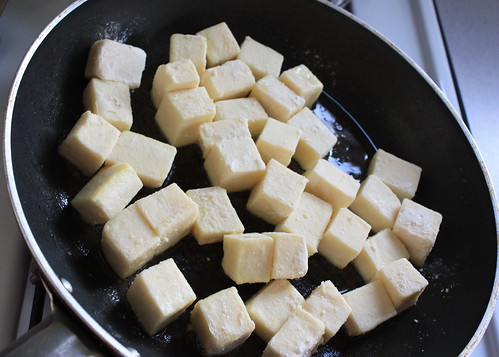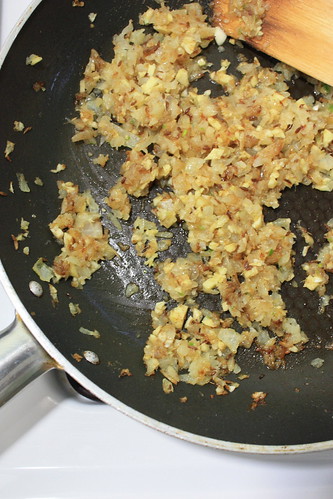Oh, where do the days go. I made these lovely scones last Saturday for the Good to the Grain Potluck held at 18 Reasons in San Francisco. The potluck entailed each of the 25 attendees baking something from the book and bringing it to share, including author Kim Boyce. We then spent the evening trying each others baked treats and discussing the recipes.
It was so fun to try each of the tasty creations, especially because they were made with a variety of whole-grain flours. And it was a perfect excuse to purchase Good to the Grain, a forward-thinking cookbook that had been on my list of must purchase items. Kim does an excellent job of walking readers through the different types of flour, ranging from whole-wheat to teff to barley via breads, muffins, granola's and much more.
I chose to make the strawberry barley scones because I'd never tried barley flour and I had a fresh batch of homemade strawberry jam just waiting to be put to good use. I followed the recipe fairly closely, for those of you that have seen the book. As far as scones go these came together quickly (less than 30 minutes) before I popped them in the oven.
I can't wait to work my way through the rest of Kim's recipes. A couple good ones that I remember from Saturday are the Olive Oil Cake with spelt flour and rosemary (check out this version shared with everyone on Saturday), and the Iced Oatmeal Cookies with multi-grain flour - which tasted just like Mother's Iced Oatmeal Cookies. If your looking for a simple stand out recipe that will impress I would recommend giving these a try.
Strawberry Barley Scones
from Good to the Grain
butter for the pan
1 cup plus 2 tablespoons barley flour
1 cup all-purpose flour
1/4 cup dark brown sugar
2 teaspoons baking powder
1/2 teaspoon baking soda
1 1/4 teaspoon kosher salt*
1/2 cold unsalted butter (1 stick)
1/2 cup buttermilk
1 egg
1/2 cup Strawberry Jam
1 tablespoon unsalted butter
1 tablespoon dark brown sugar
Preheat the oven to 350 degrees F, and place a rack in the center of the oven. Rub a baking sheet lightly with butter. Sift the dry ingredients, flour through salt, into a large bowl, pouring back into the bowl any bits of grain or other ingredients that may remain in the sifter.
Cut the butter into 1/2 inch pieces and add them to the try mixture. Using your hands, toss the dry mixture with the butter until it is thoroughly coated. Starting from the back of the bowl and working forward, pinch the pieces of butter between your fingers breaking it into smaller bits. Continue rubbing until the butter is about the sizes of peas. Be sure to do this as quickly as possible in order for the butter to stay cold.
In a small bowl, whisk together the buttermilk and egg until thoroughly combined. Scrape the buttermilk and egg into the dry mixture, and mix until barley combined. Use a spatula to transfer the dough onto a well-floured surface. If the dough is too sticky to handle dust it with flour and fold it together a few times. Divide the dough into 2 equal size pieces. Flour your hands and pat each piece of dough into a disk about 1/2 inch thick and approximately the same size.
Cover one disk with the jam or marmalade. Place the other disk on top of the jam and press down gently so that the dough settles into the jam. (I found an offset spatula very helpful to ease the 2nd round of dough off the counter and onto the jam.) Brush the dough lightly with melted butter and sprinkle with sugar. Use a sharp knife to slice the circle into wedges, like a pie. Carefully place the wedges on the prepared baking sheet, leaving a couple inches between them.
Bake the scones for 20-25 minutes, rotating the sheets halfway through. They are ready when their tops are golden brown and some of the jam has bubbled over onto the pan. To keep the scones from sticking to the pan, slide a thin spatula underneath them while they're still warm and move them to a baking rack. The scones are best eaten warm from the oven or later that same day.
*Kim made a note about using kosher salt that was new to me so I'm passing it along here (in case you don't have it). She says, "You can substitute sea salt or any common table salt you have on hand, but you'll need to adjust the amount you use because sea salt weighs twice as much as an equal measure of kosher salt (depending on the brand). Food scientist and cookbook author Shirley Corriher uses this formula: 1 tablespoon of table or sea salt = 1and 1/2 tablespoons Morton kosher salt = 2 tablespoons Diamond Crystal kosher salt." This recipe is based on using Diamond Crystal kosher salt, so adjust accordingly.
Stats: Makes at least 8 medium size scones
Time: 1 hour, less than 30 minutes active time
Seasonal/local ingredients: The butter was from Clover Creamery, and my strawberry jam was homemade from organic strawberries I picked up a couple weeks ago at the Berkeley Farmer's Market.
happy baking,
alison

